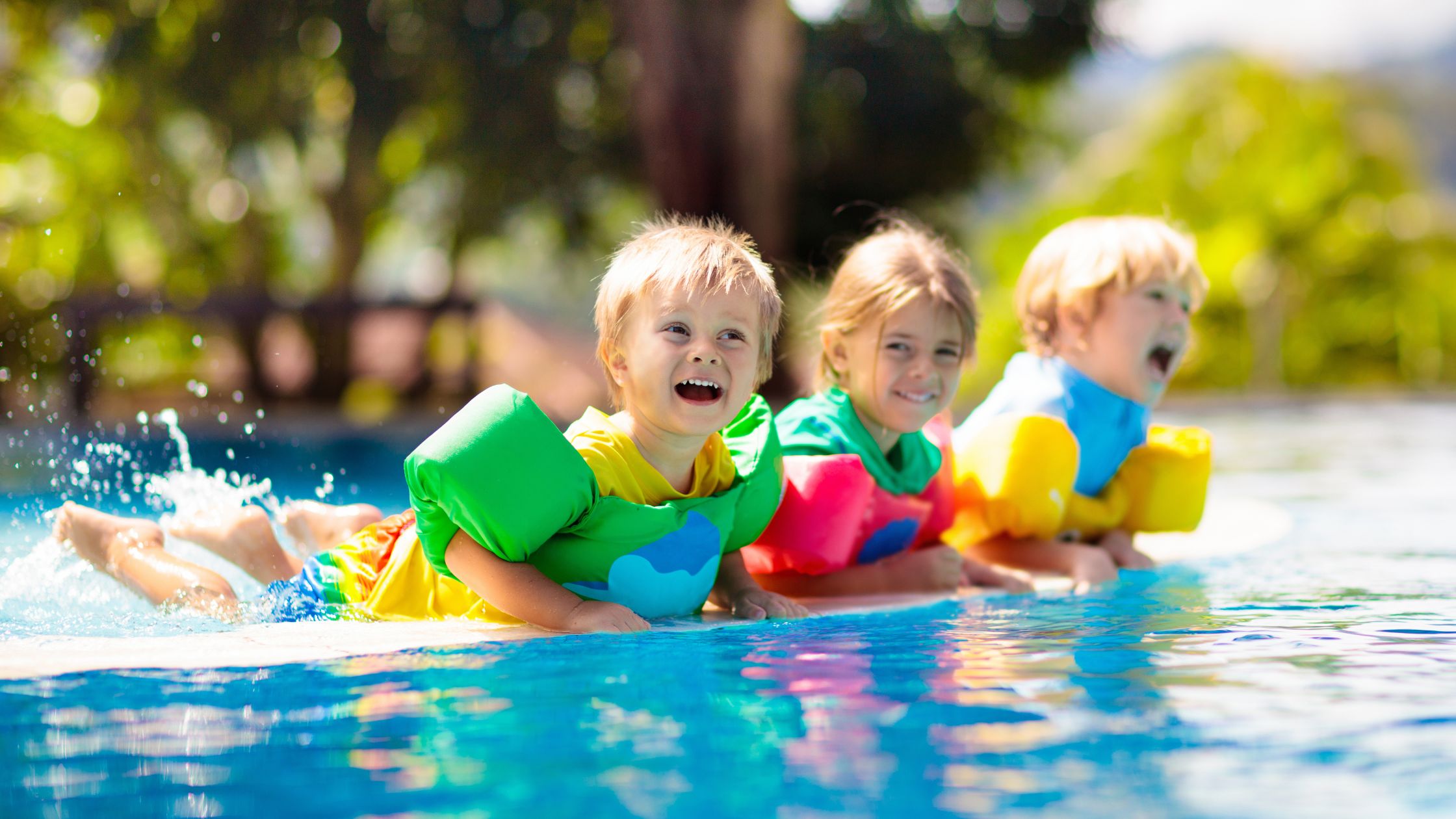Water Safety For Your Family
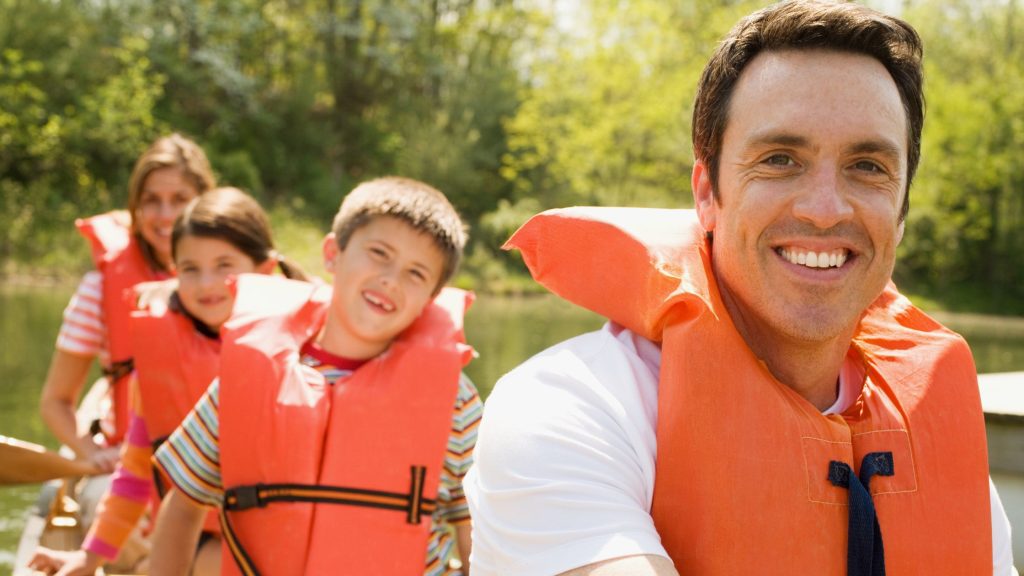
Are you aware of seven crucial water safety tips that parents should know this summer?
Drowning deaths in the US jumped sharply after years of decline.
A 2024 study from the Centers for Disease Control and Prevention (CDC) show more than 4,500 people died annually from drowning between 2020 and 2022 – 500 more per year than in 2019. Drowning remains the leading cause of death for children aged one to four in the United States.
This seven-point safety checklist could save kids’ lives during the summer swimming season.
1. Prep a Water Safety Kit
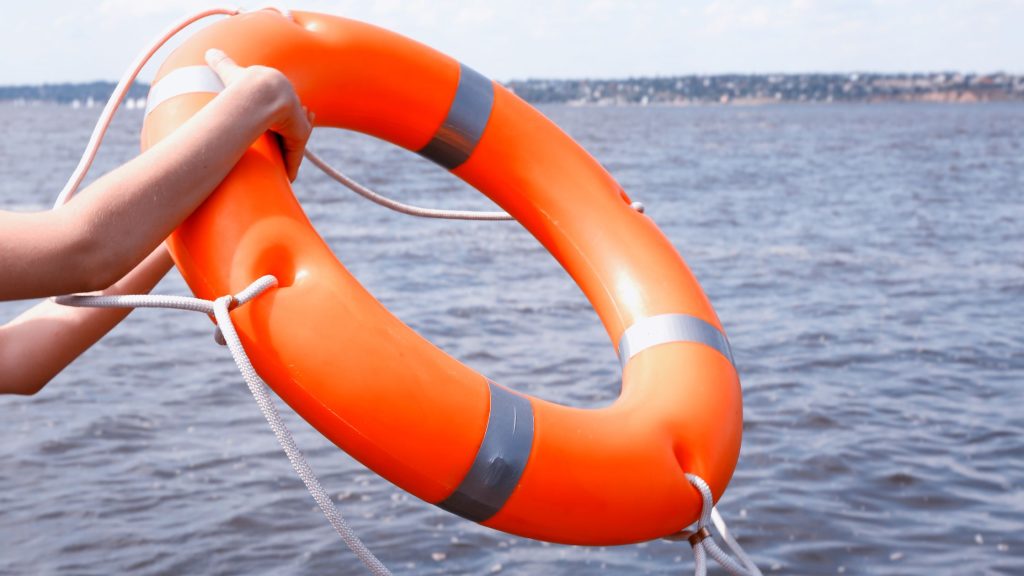
A properly prepared water safety kit should include first aid supplies, a whistle, a throw ring, emergency contact information and waterproofed technology.
Most parents fail to waterproof their phones before beach trips. Don’t be one of them!
You can pack waterproof PVC pouches, which usually come with a necktie, and still make a phone usable.
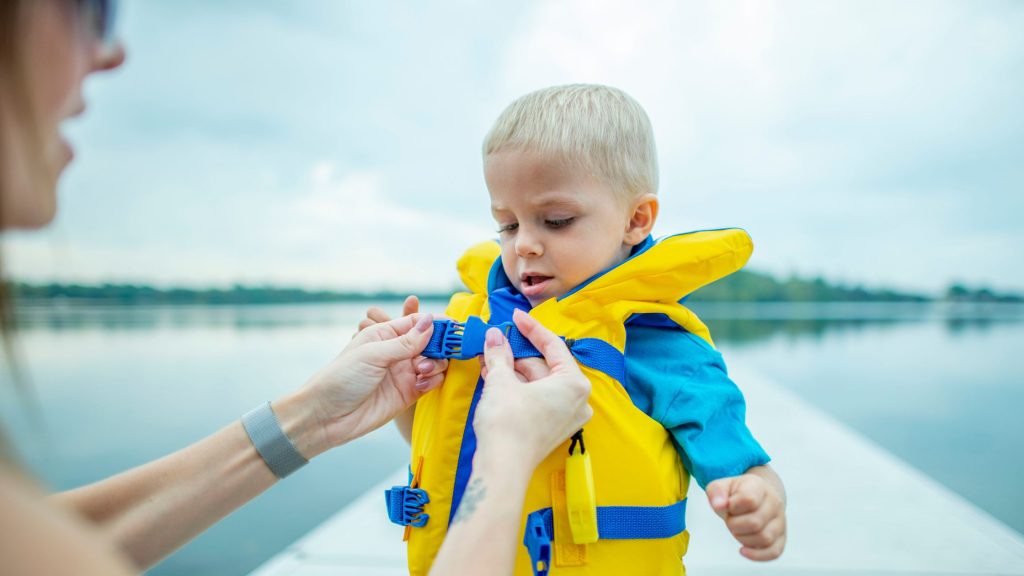
That said, an even better way to ensure communication is never lost is to pack an old phone with a temporary eSIM or a burner; even better if it is a brick phone whose battery will last for days if you forget to charge it.
Pack a compatible charging cable too, that can go into your power bank. Save all emergency numbers on it, besides writing them down on a piece of paper.
Tip: Bring a reliable, waterproof power bank to maintain communication throughout water outings. Make sure the power bank is out of the sun and not placed near flammable items to avoid overheating and fire hazards.
2. Assign a Designated Water Watcher
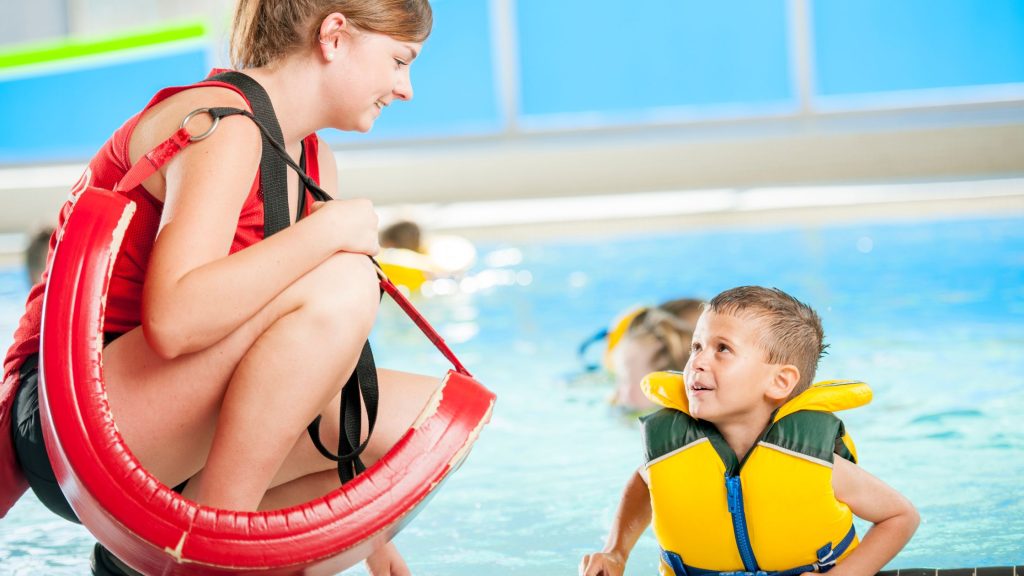
Parents often wrongly assume someone else watches children at shared water spots.
Drowning happens in silence – there is rarely any shouting or splashing to alert you of its dangers, and you have only a minute or two to act.
Parents must establish clear supervision responsibilities.
Tip: Assign a designated ‘water watcher’ who avoids all distractions including phone use, reading, or consuming alcohol.
3. Secure Your Pool Access
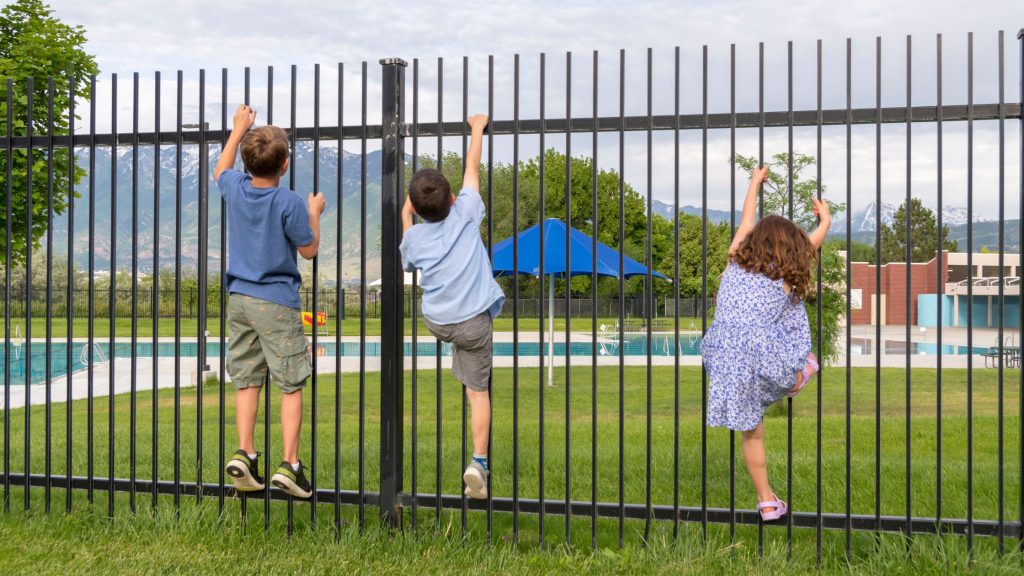
If you have a pool at home or on vacation, drowning risks are even higher due to the kids’ uninterrupted proximity and unlimited access to it.
They might run outside and jump in the pool while parents may be preoccupied elsewhere and unaware.
At home, you cannot remove proximity, but you can limit access.
Around half the US states mandate four-sided pool fencing of certain heights, while others have local building codes and rules.
Even if your state or local authority does not require this, you are making your pool safer by installing fences at least four feet high, along with self-closing gates separating the pool from the house and no objects to climb nearby.
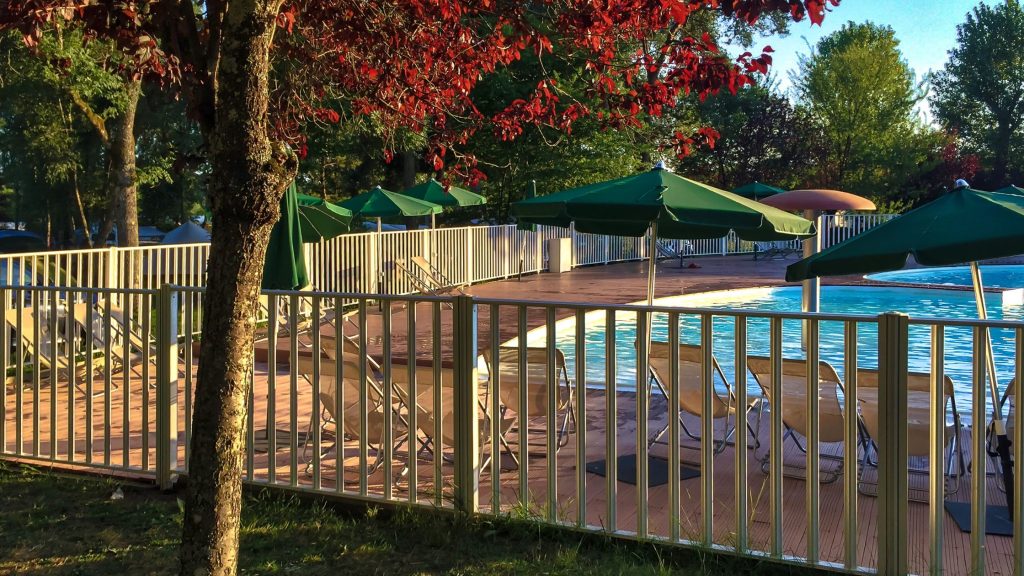
You could install a key-locked and alarm-enabled screen around your pool as an extra layer of security when nobody is meant to be in the pool. However, do not rely on this and always actively supervise them.
If your rental has a pool, check with the host that it has all of the above measures before booking.
Tip: Never leave any toys in the pool. It only takes a minute to remove all toys from the pool area when not in use and lock them away, so children are not tempted to grab them and enter the pool unsupervised.
4. Set Boundaries
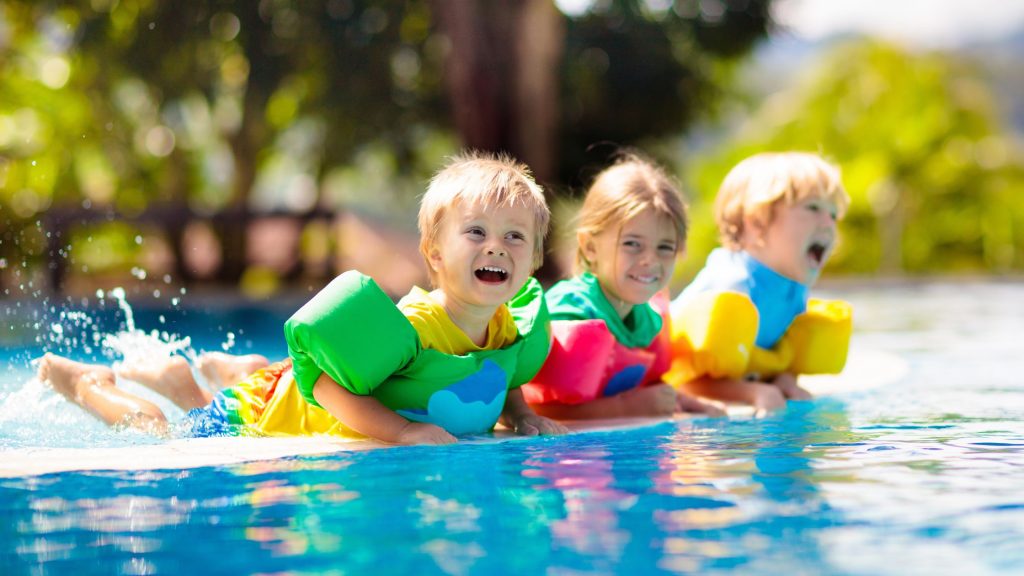
Clear rules stop kids from taking dangerous risks.
Children need specific boundaries about swimming distance, water depth limits, and telling adults before splashing in.
Kids need to know they must always ask permission before approaching water. The buddy system works wonders too.
Make sure your children understand they should never swim alone, regardless of their swimming ability.
Tip: Teach all kids what to do if they notice anyone in trouble to avoid making matters worse yet still act promptly. Run your plan, depending on your setting, every day before entering the water.
5. Check the Weather
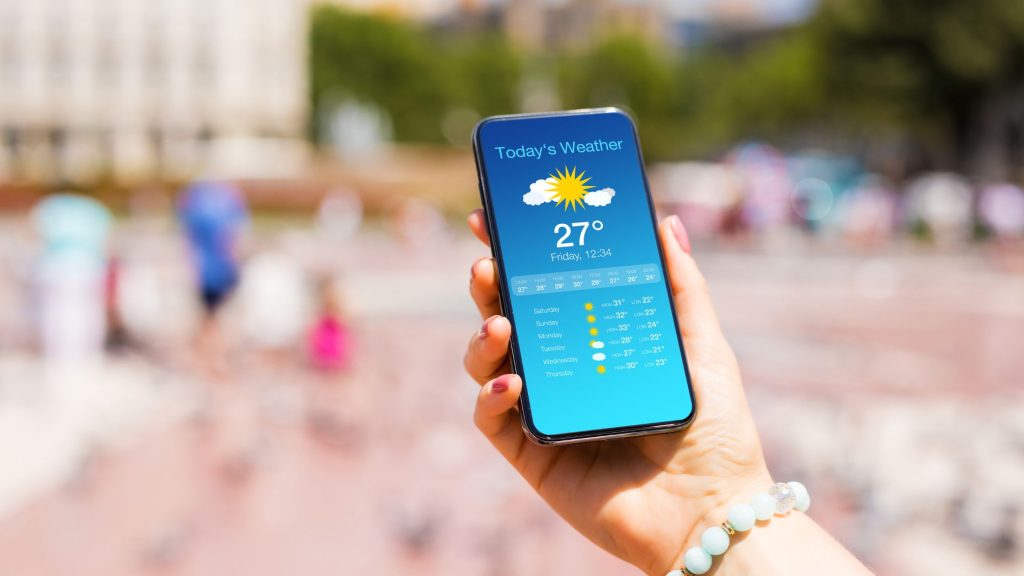
Parents skip checking weather forecasts before water days, creating underestimated risks.
Sudden storms turn calm swimming spots dangerous within minutes, particularly in natural water bodies where conditions change fast.
Tip: Weather tracking apps can alert you to sudden changes. If you hear thunder or see lightning, everyone needs to exit the water immediately and seek appropriate shelter.
6. Floaties Are NOT Safe. Use Vests
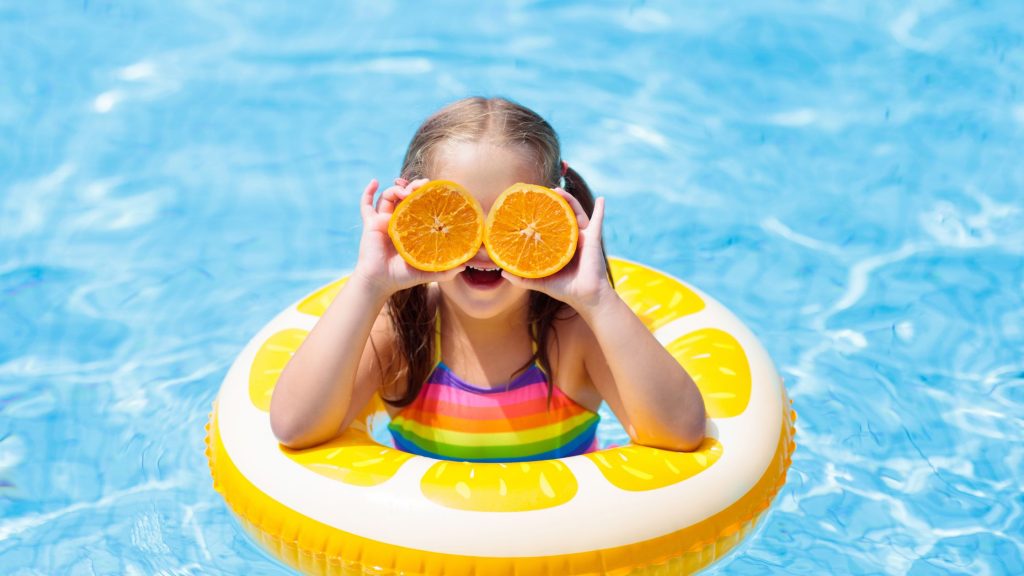
Do not rely on inflatable toys for safety.
CDC found that 85% of drowning victims in 2022 were not wearing life jackets. They warn that items like water wings and pool noodles give false security and never replace proper life jackets.
Tip: Only use US Coast Guard-approved life jackets that fit properly and stay fully fastened. This applies not just for boating but for many activities in and around natural water bodies.
7. Learn CPR Basics
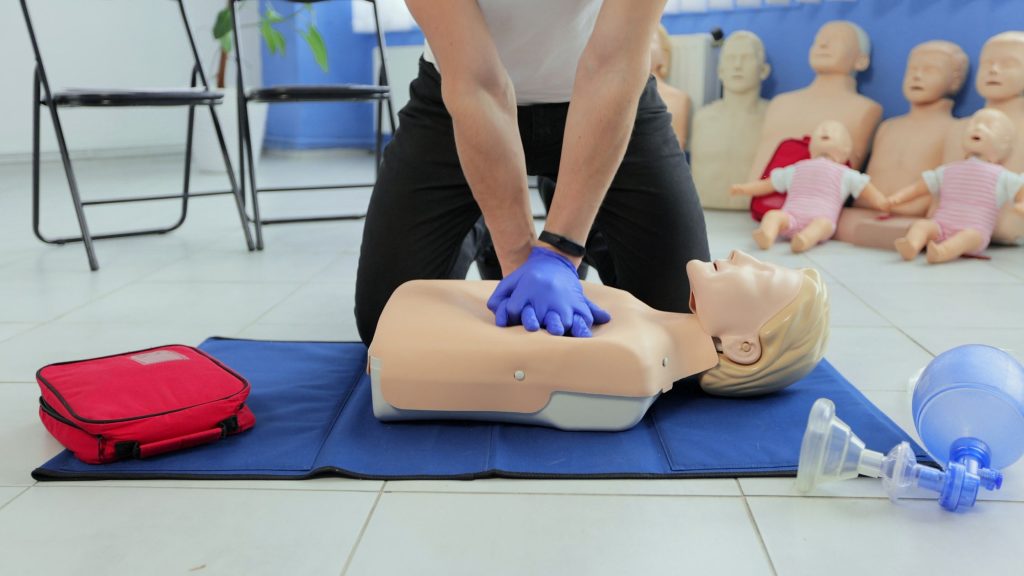
Learning basic CPR saves lives when seconds count.
All parents and teenage kids should take certified courses covering techniques for different age groups.
These courses include crucial methods like the “reach or throw, don’t go,” meaning using a flotation air or object to reach for the person about to drown.
CPR knowledge can mean the difference between life and death while waiting for emergency services. Courses typically take just a few hours but provide skills that could save your child’s life.
Tip: Enquire at your local Red Cross or specialized training centers. You need at least two people in your party to know how to perform CPR correctly.
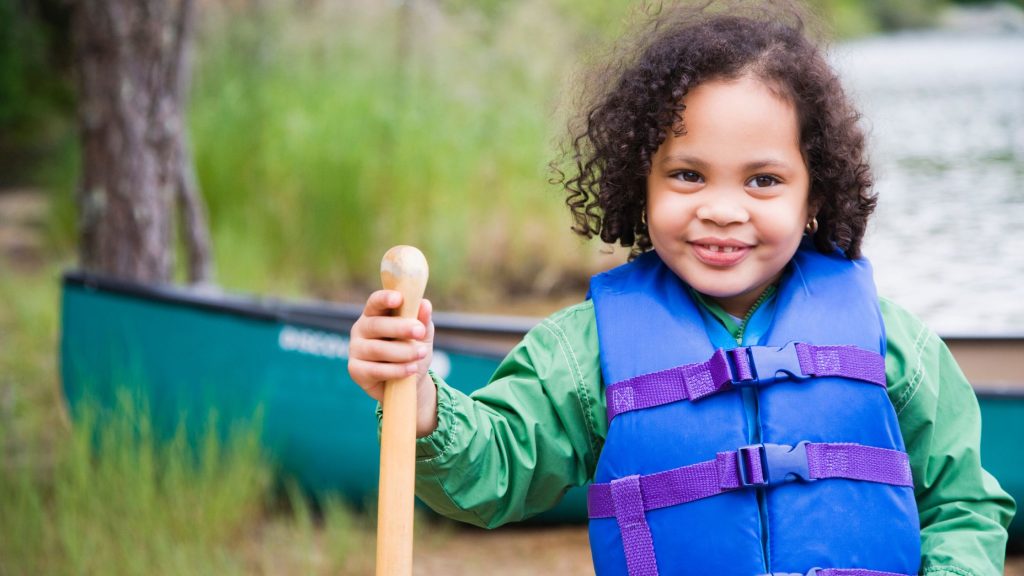
A fun day at the lake, beach or pool starts with preparation. Taking these precautions allows families to create wonderful summer memories while keeping everyone safe.
Sources: Lake.com; US Centers for Disease Control and Prevention’s “Drowning Deaths Rise in the United States”, 2024 (available at: https://www.cdc.gov/media/releases/2024/s0514-vs-drowning.html); US Centers for Disease Control and Prevention’s “Summer Swim Safety”, 2024 (available at: https://www.cdc.gov/drowning/prevention/summer-swim-safety.html).

